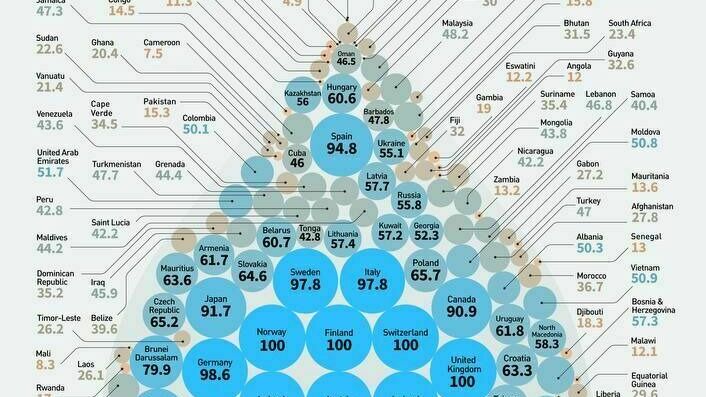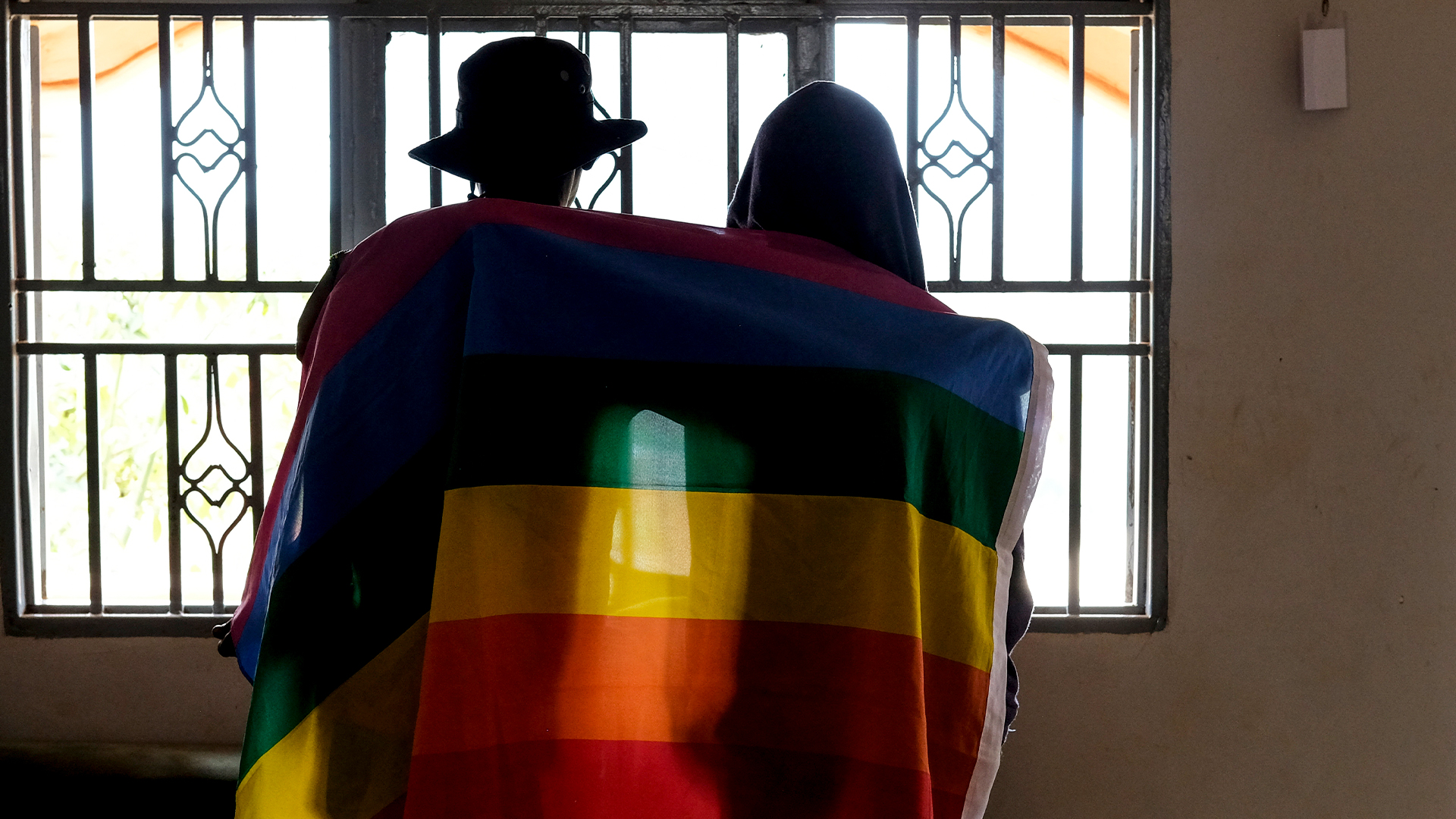Daniella Segura
Thu, April 13, 2023

Courtesy of Michael Quinn/National Park Service./National Park Service
Eighteen California condors of an Arizona-Utah flock are suspected to have died from the same disease, according to wildlife officials.
Six condors of the Southwest California Condor Flock, which “moves throughout northern Arizona and southern Utah,” are confirmed to have died of highly pathogenic avian influenza, while an additional 12 are suspected to have died from the same disease, the U.S. Fish and Wildlife Service said in an April 13 news release.
Four more condors are receiving treatment, the agency said.
At the end of 2022, the Southwest flock had 116 individuals, according to the National Park Service, meaning 15% of the flock is suspected to have died from the disease.
The agency said it “will disclose and report all deceased condors in the Southwest Flock found on or after March 30, 2023, prior to necropsy and preliminary testing.”
Previously, on April 7, wildlife officials said three condors found dead in Arizona were confirmed to have died from the disease, McClatchy News previously reported. The first condor was seen showing signs of illness on March 9 by The Peregrine Fund.
The condor later died and tested positive for avian flu, which was confirmed by the U.S. Department of Agriculture’s National Veterinary Service Laboratory on March 30, McClatchy News reported.
As of April 4, three birds were confirmed to have died from avian flu, the agency said.
The Peregrine Fund also caught five other birds that appeared to be ill and sent them to a wildlife rescue in Phoenix, according to the agency. One died shortly after arriving, while the other four were placed in quarantine to be tested.
There have been no reported cases of avian flu in “the other condor populations in California or Baja California, Mexico,” officials said.
The number of avian flu cases in birds rises during spring migration, officials said.
“HPAI is highly contagious in wildlife and can spread quickly,” according to the agency.
While the risk of avian flu is low for humans, infections can happen, the agency said.
What to know about California condors
“California condors are the largest land birds in North America,” according to NPS.
They were listed as endangered in 1967, NPS said.
Despite their endangered status, the bird’s population decreased and “dropped to a low of 22 individuals in the 1980s,” at which point all were trapped and “placed in captive breeding programs” to prevent extinction, according to NPS.
“Since 1992, captive-bred condors have been released at five different sites in western North America,” NPS said. “Since their reintroduction, condor numbers in the wild have slowly increased thanks to wild nesting and the release of captive-bred condors.”
At the end of 2022, there were 561 condors globally, NPS said.
Three California condors found dead in Arizona. Now officials know how they died
This California condor is making history and giving ‘hope’ in Utah’s Zion National Park
California condor killed by lead poisoning. What is being done to prevent other deaths?



















